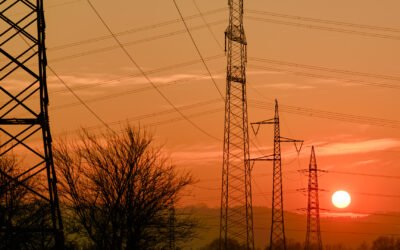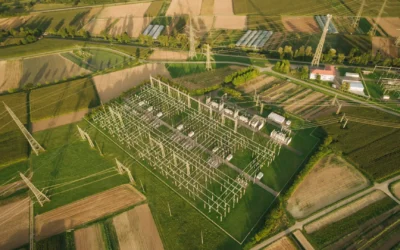- There has been a rapid growth in the offshore wind farms installations in the recent years.
- Asia for instance is emerging as a key market for offshore wind farms with GE and Toshiba entering into a strategic partnership.
- HVDC technology is already getting a lot of traction especially when it comes to transmitting power from offshore wind farms to on shore.
There has been a rapid growth in the offshore wind farms installations in the recent years. Out of all other pathways leading to a sustainable future, offshore wind has the highest potential for growth which could help countries in achieving net neutrality goals in the long run. Global installed offshore wind capacity has grown from 3 GW in 2010 to beyond 34 GW in 2020. Although both HVAC and HVDC technologies have been used to transmit power from offshore wind farms to central grids, in the recent years HVDC has risen as the most viable technology to transfer power from offshore wind farms to onshore grids mainly due to significantly lower power losses during transmission.
Offshore Wind Farm Development Across the Globe
Asia for instance is emerging as a key market for offshore wind farms with GE and Toshiba entering into a strategic partnership to partly localize manufacturing of turbines in Japan. North America led by the US on the other hand although has a negligible installed capacity of offshore wind energy but Biden’s clean energy plans are seen as a game changer for offshore wind installations in the country. However, Europe is the leading region in terms of offshore wind energy installed capacity and is expected to continue leading at least during the ongoing decade.
Asia
Europe
By 2020, eight new offshore projects were already in in four member states with construction planned to start in upcoming years.
North America


Figure 1: Global installed capacity of offshore wind energy.
Source: IRENA


Figure 2: Global offshore wind energy capacity additions annually.
Source: IRENA
Recent Offshore HVDC Projects
In the United States, Siemens Energy has been awarded its first offshore grid connection project. The company will offer the high-voltage direct current (HVDC) transmission line that will bring green energy from Sunrise Wind, New York’s first utility-scale offshore wind farm, to the mainland in a joint venture with Aker Solutions. It’s the first HVDC-based offshore wind project in the United States.
The world’s largest offshore wind project, Dogger Bank Wind Farm, will feature “a novel platform design, unveiling the world’s first automated High Voltage Direct Current (HVDC) offshore substation,” according to the developers. The 3.6 GW Dogger Bank wind farm, when completed in 2026, will be the world’s largest, producing enough electricity to meet about 5% of the UK’s electricity demand. The wind farm is located 130 kms away from the shore.
Consortium of GE Renewable Energy’s Grid Solutions and Sembcorp has been awarded the full contract for supply of HVDC transmission system capable of transmitting 1,320 MW of clean electricity at 320 kV from one of biggest offshore wind farms, Sofia.
Similarly, in Germany , in order to expand the offshore grid capacity for wind energy Tennet plans to connect three network systems with 2 GW capacity each to establish a 6 GW LanWin hub. This would in turn create a meshed HVDC grid in land and water which will deliver power to electrolysis projects, industries and consumers in three areas of Germany.
Looking Ahead
Similarly, the success of GE and Toshiba’s strategic partnership focused on partly localization the manufacturing of wind turbines will not only significantly impact the offshore wind generation capacity in Japan but also the demand for HVDC transmission systems. On the same lines Germany’s 6 GW LanWin hub is also expected to play a crucial role in the country’s push towards clean energy in turn driving the HVDC transmission systems market as well.
High Voltage Direct Current Service Overview
The research presented in this article is from PTR's High Voltage Direct Current service. For information about this service please submit a request shown below.
Contact Sales:
More about our:
High Voltage Direct Current Market Research
Recent Insights
US Elections: Consequences of a Second Trump Presidency for Energy Sector
The US is making strides to move away from fossil fuels and eventually decarbonize the energy sector. The White House aims to achieve 80% renewable...
Sustainability Across Sectors: Highlights from GreenTech Festival 2024
Recently, I had the privilege to attend and present at the Greentech Festival, an excellent event in the realm of sustainability. This influential...
HVDC as the Backbone of Offshore Wind Expansion in the North Sea
This infographic discusses how the expansion of offshore wind in the North Sea will drive the HVDC market in Europe.HVDC as the Backbone of Offshore...


